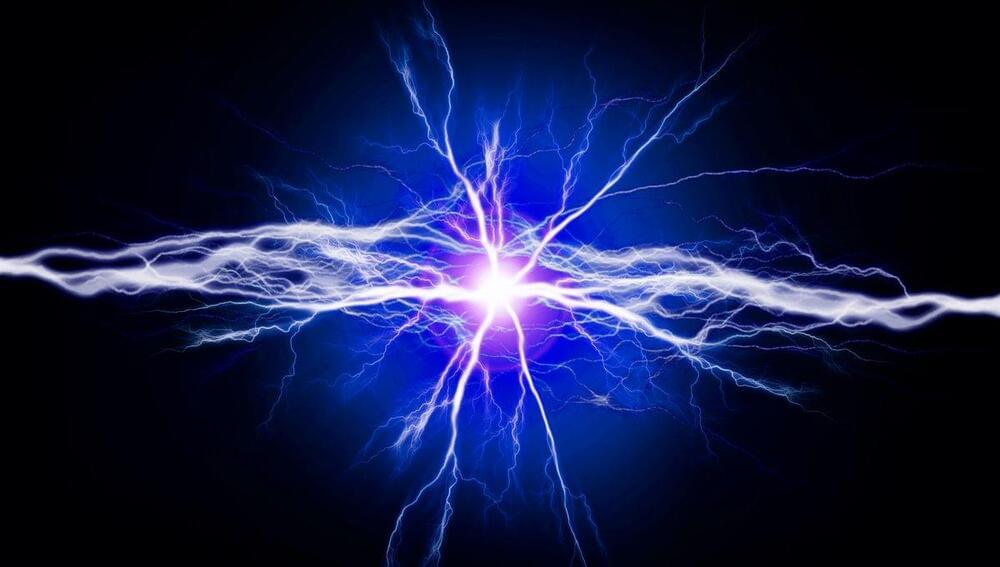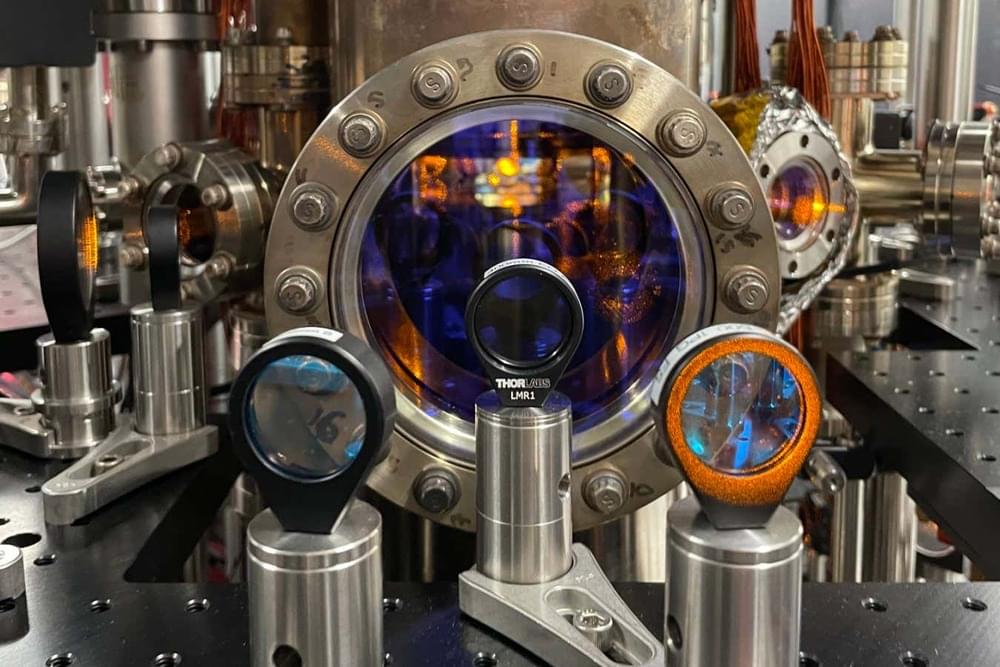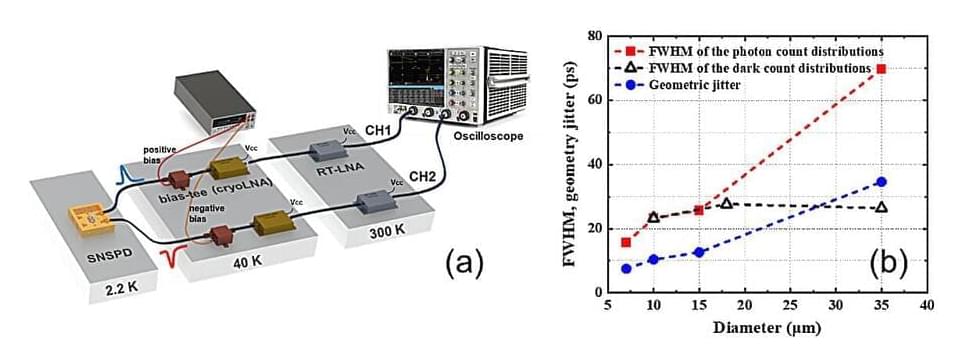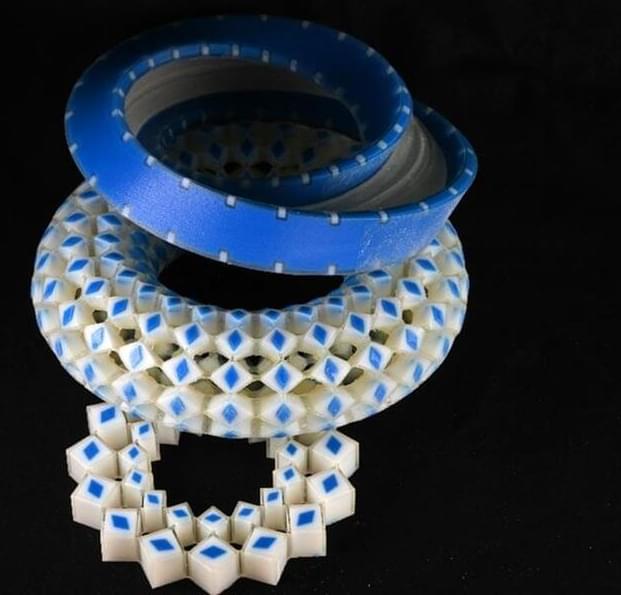A nice talk. At 18 minutes dude says healthspan is way more important than lifespan. Never mind that large sign behind him that says lifespan. But, not to knock it too much, yes healthspan is important too.
Dr. Oliver Medvedik, Dr. Aubrey de Grey, Dr. Peter Fedichev, Dr. Hanadie Yousef, Reason, and Dr. Hans Keirstead debate whether or not aging is truly reversible at the Longevity+DeSci Summit NYC (EARD 2023). \
\
Summary\
▀▀▀▀▀▀▀▀▀▀▀▀▀▀▀▀▀▀▀▀▀▀▀▀▀▀\
Dr. Oliver Medvedik earned his Ph.D. at Harvard Medical School in the Biomedical and Biological Sciences program. Oliver is presently the Director of the Kanbar Center for Biomedical Engineering at The Cooper Union, where he carries out research on improving gene targeting in mammalian cells, enzymatic oligonucleotide synthesis, and other bioengineering projects with undergraduate and graduate students at the Albert Nerken School of Engineering. Dr. Medvedik is also the co-founder of the community biotechnology laboratory, Genspace, located in Brooklyn, where he continues to serve on its board of directors. In addition, Dr. Medvedik is also co-founder and vice-president of the non-profit organization LEAF (Life Extension Advocacy Foundation), where he serves on the board of directors.\
\
➡️: / oliver-medvedik-4067016 \
\
Dr. Aubrey de Grey is a pillar of the longevity community. Dr. de Grey works on the development of medical innovations that can postpone all forms of age-related ill-health. His main focus is on rejuvenation: that is, the active repair of the various types of molecular and cellular damage which eventually cause age-related disease and disability, as opposed to the mere retardation of the accumulation of such damage. He is currently the President and Chief Scientific Officer of the Longevity Escape Velocity (LEV) Foundation. \
\
➡️: https://www.levf.org\
\
Dr. Peter Fedichev is an entrepreneur and scientist who co-founded three biotech companies: Quantum Pharmaceuticals, a drug discovery company, and Gero, a longevity startup, and GlyNeura, a biotech-pharma company aiming to cure Neurodegenerative Diseases. His scientific background lies in the fields of condensed matter physics, biophysics, and bioinformatics. His dream is to beat aging and experience life in space.\
\
➡️: https://gero.ai\
\
Dr. Handie Yousef is a leading expert on the biology of aging and mechanisms underlying tissue degeneration with over two decades of experience in biomedical research. In 2018, she launched Juvena Therapeutics, a venture-backed biotechnology company mapping the therapeutic potential of secreted proteins to develop biologics that prevent, reverse, and cure chronic, metabolic, and age-related diseases.\
\
➡️: https://www.juvenatherapeutics.com\
\
Reason is co-founder and CEO of Repair Biotechnologies. He has been an active angel investor in the longevity industry since its earliest days, with investments including Oisin Biotechnologies and Leucadia Therapeutics. He is a long-standing and well-connected patient advocate for aging research, involved in numerous fundraising and outreach initiatives conducted by organizations such as the Methuselah Foundation and SENS Research Foundation since the early 2000s. He is also the founder and writer of Fight Aging!, a noted news and commentary website in the biotechnology community. \
\
➡️: https://www.repairbiotechnologies.com\
\
Dr. Hans Keirstead is an internationally known stem cell expert and has led therapy development for cancer, immune disorders, motor neuron diseases, spinal cord injury, and retinal diseases. He is the Chairman and CEO of AIVITA Biomedical. Dr. Keirstead’s work in spinal cord injury earned him the distinction of being one of the 100 top scientists of the year in Discover Magazine. He was featured on 60 Minutes in a full segment covering his treatment for spinal cord injury. Dr. Keirstead and his research have also appeared in Newsweek, Inc. Magazine, WIRED, Esquire, The NY Times, TIME Magazine, Men’s Vogue, Science, and The American Spectator, amongst other national publications.\
\
➡️: / hanskeirstead \
\
FOLLOW US\
▀▀▀▀▀▀▀▀▀▀▀▀▀▀▀▀▀▀▀▀▀▀▀▀▀▀\
https://www.lifespan.io \
/ lifespanio \
/ lifespan.io \
\
HOW CAN YOU SUPPORT US?\
▀▀▀▀▀▀▀▀▀▀▀▀▀▀▀▀▀▀▀▀▀▀▀▀▀▀\
Lifespan.io, a 501©(3) nonprofit organization. \
► Support us with monthly donations by becoming a Lifespan Hero: https://www.lifespan.io/support\
► Subscribe: \
► Learn more, and help us: https://www.lifespan.io\
\
#longevity #EARD2023 #desci #decentralized #nft #biotechnology #biology #healthscience #livelonger #agingbackwards #lifespan #healthspan #research








